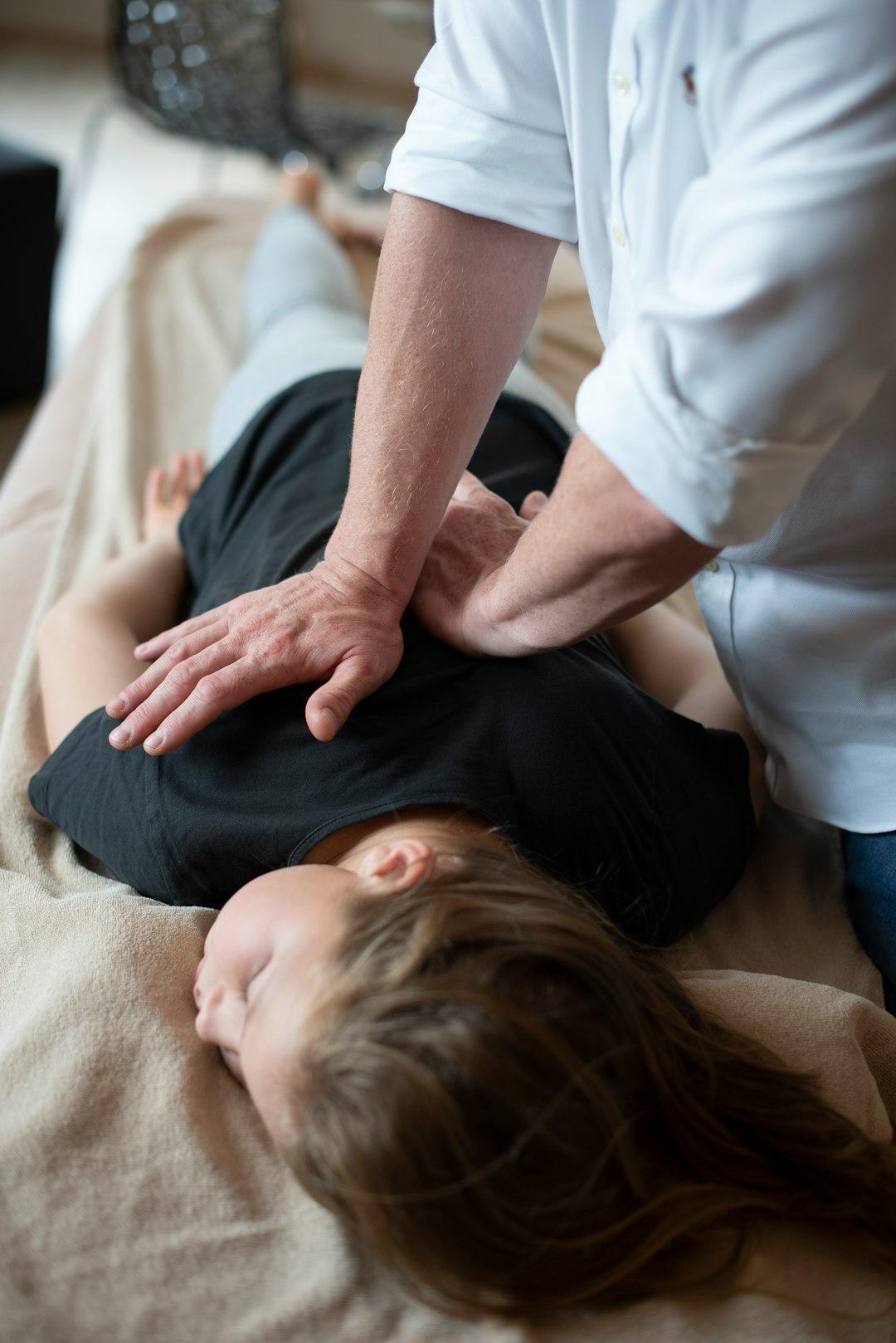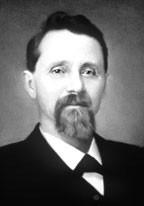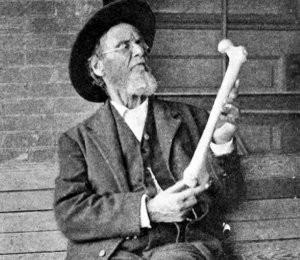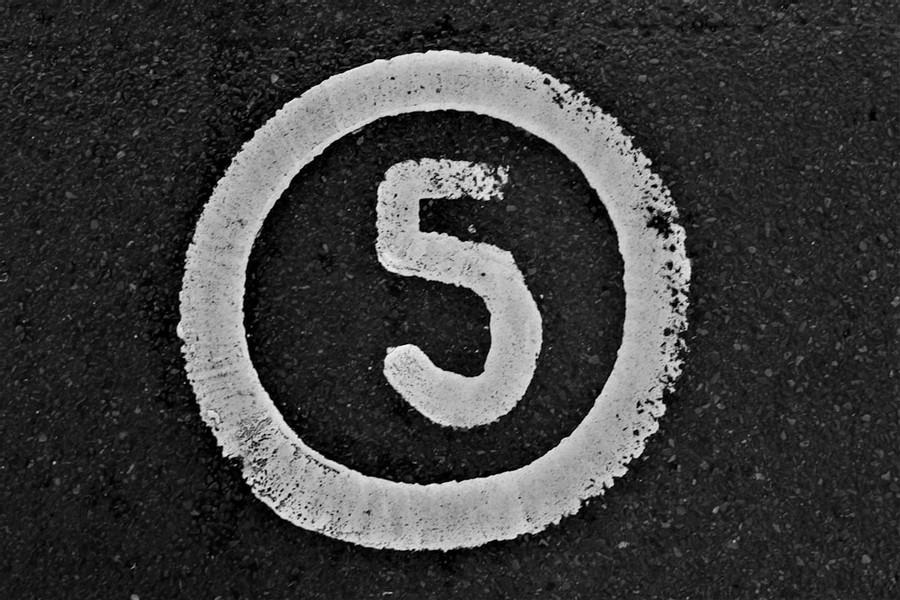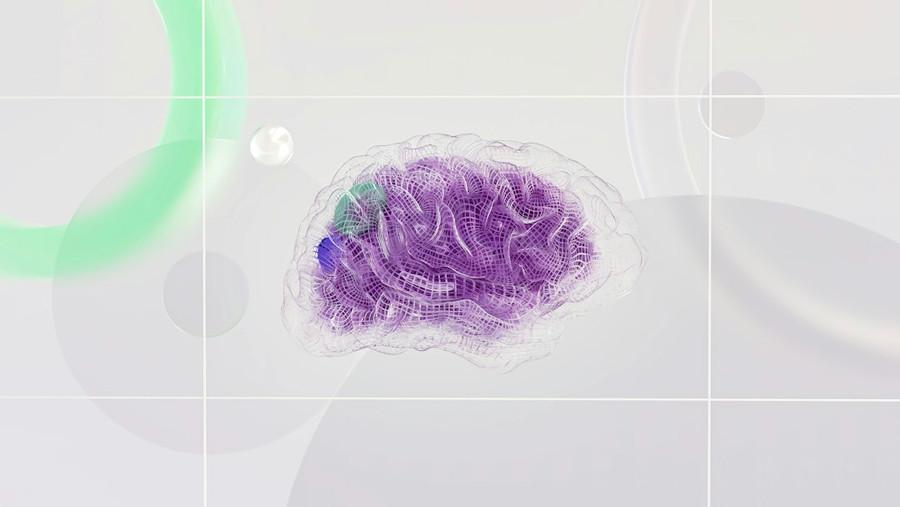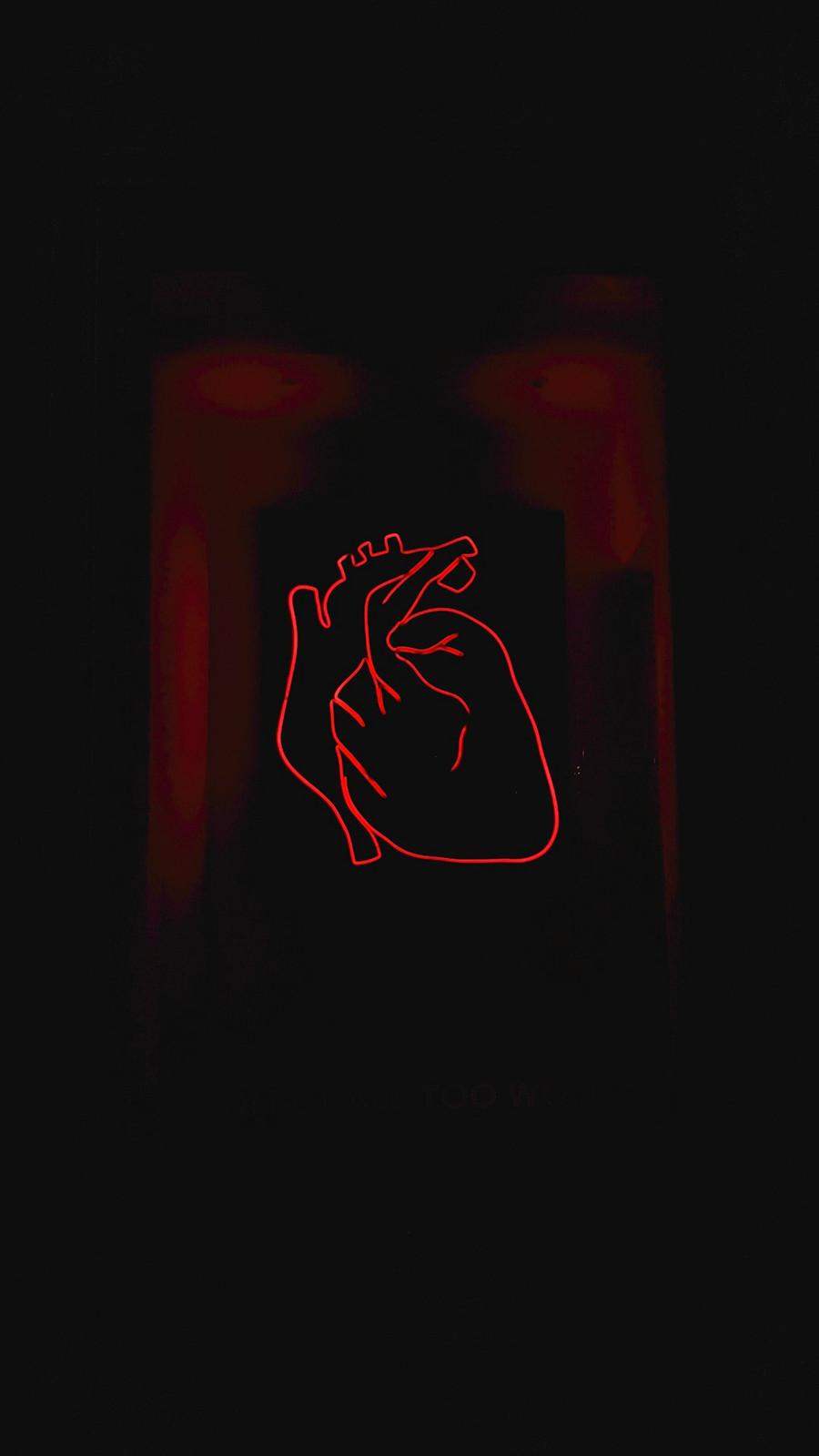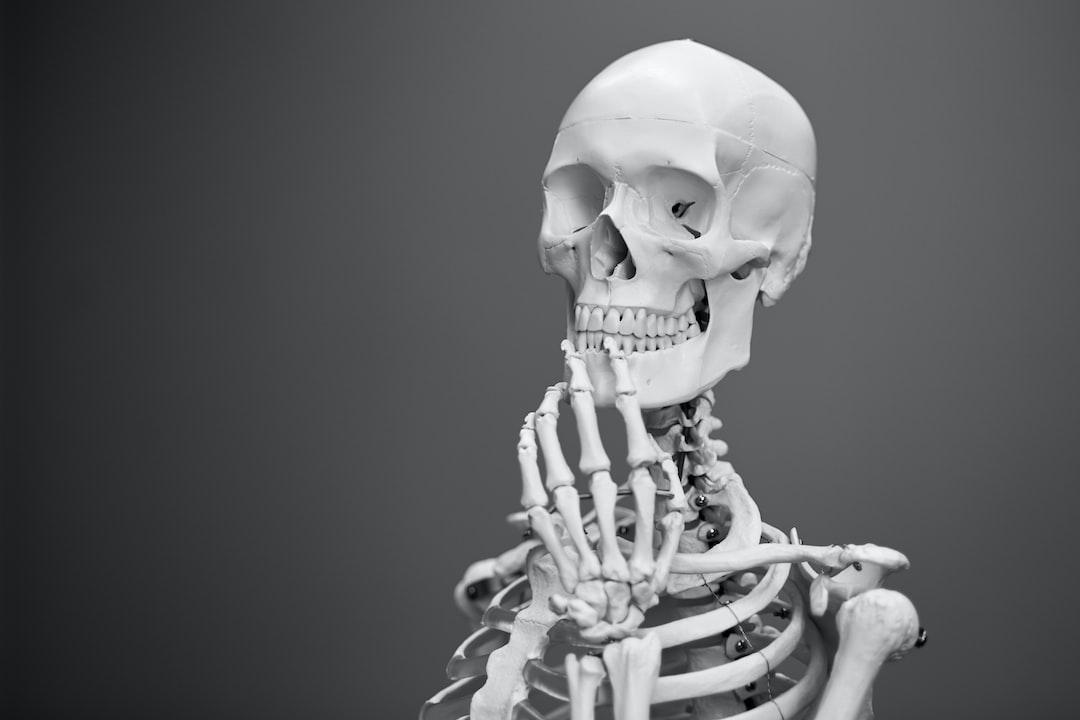Osteopathy: An Art, a Philosophy, a Science
Ideas, facts & insights covering these topics:
14 ideas
·4.3K reads
18
Explore the World's Best Ideas
Join today and uncover 100+ curated journeys from 50+ topics. Unlock access to our mobile app with extensive features.
29
933 reads
The Origin and Story of Osteopathy
Osteopathy was founded in 1874 by Dr. Andrew Taylor Still, a physician from Missouri, USA. Dissatisfied with the conventional medical practices of his time, Dr. Still sought to develop a holistic approach to healing that focused on the body's innate ability to self-regulate and heal.
Drawing inspiration from various healing traditions, including Native American medicine and manual therapy techniques, Dr. Still formulated the principles of osteopathy and established the first school of osteopathic medicine in Kirksville, Missouri.
26
429 reads
The Art of Osteopathy
At its core, osteopathy is an art form practiced by skilled professionals who possess a deep understanding of the human body's intricate mechanics
Osteopaths employ a variety of manual techniques, such as manipulation, massage, and stretching, to restore balance and mobility to the musculoskeletal system
With their hands, osteopaths artfully palpate, assess, and treat the body, honing their craft through years of training and clinical experience
The intuitive touch of an osteopath is often described as both gentle and profound, eliciting profound effects on the body's innate healing mechanisms
27
374 reads
The Philosophy of Osteopathy
Embedded within osteopathy is a rich philosophical framework that guides its approach to health and disease
Central to this philosophy is the concept of the body as a dynamic, self-regulating organism capable of maintaining optimal function when in balance
The philosophy emphasizes the interconnection of structure and function, recognizing that disruptions in one area of the body can reverberate throughout the entire system
Rebalancing the musculoskeletal, circulatory and nervous systems, osteopathy seeks to facilitate the body's innate capacity for self-healing, holistic wellness and vitality
27
318 reads
The Science of Osteopathy
While rooted in philosophy and artistry, osteopathy is firmly grounded in scientific principles and evidence-based practice. Research in osteopathic medicine spans a wide range of areas, from biomechanics and neurophysiology to clinical outcomes and healthcare economics.
Numerous studies have demonstrated the efficacy of osteopathic manipulative treatment (OMT) in alleviating pain, improving function, and enhancing quality of life for patients with various musculoskeletal conditions.
Research continues to elucidate the underlying mechanisms of OMT, shedding light on its physiological effects.
25
283 reads
The Five Osteopathic Models
Osteopathy encompasses five distinct models, each offering a unique perspective on health and healing.
These models include the biomechanical model, the neurological model, the respiratory-circulatory model, the metabolic-energy model, and the behavioral-biopsychosocial model.
While each model emphasizes different aspects of health and disease, they collectively contribute to the holistic understanding of the body and inform osteopathic diagnosis and treatment.
25
262 reads
The Biomechanical Model
Focuses on the relationship between structure and function within the human body.
Musculoskeletal imbalances, such as misalignments or restrictions in the joints, muscles, or fascia, can lead to a cascade of physiological disturbances, resulting in pain, inflammation, and decreased function.
Osteopathic treatment within the biomechanical model often involves hands-on techniques, such as joint mobilization, soft tissue manipulation, and corrective exercises, aimed at restoring optimal biomechanical function and alleviating symptoms.
24
237 reads
The Neurological Model
This model recognizes that the nervous system plays a central role in regulating all bodily functions, from basic physiological processes to complex cognitive and emotional responses.
Disruptions in neurological function, such as nerve compression, inflammation, or dysfunction, can manifest as a wide range of symptoms and contribute to various health conditions.
Osteopathic treatment within the neurological model aims to optimize neurological function by addressing underlying dysfunctions and promoting neural integration and balance.
28
230 reads
The Respiratory-Circulatory Model
The respiratory-circulatory model of osteopathy underscores the vital role of respiration and circulation in maintaining optimal health and vitality.
It recognizes that the respiratory and circulatory systems are intricately linked, working together to deliver oxygen and nutrients to the body's tissues while removing waste products and carbon dioxide.
Problems in respiratory and circulatory function can compromise tissue oxygenation, impair metabolic processes, and contribute to a range of health problems, including musculoskeletal dysfunction, pain, and inflammation.
24
219 reads
The Metabolic-Energy Model
The metabolic-energy model of osteopathy delves into the intricate interplay between biochemical processes and energy systems within the body.
Optimal health relies on the efficient utilization and production of energy at the cellular level, as well as the balanced functioning of metabolic pathways and biochemical reactions.
Diseases in metabolic function, such as nutritional deficiencies, hormonal imbalances, or toxin accumulation, can compromise cellular energy production, impair tissue repair, and contribute to various health conditions.
24
209 reads
The Behavioral-Biopsychosocial Model
The behavioral-biopsychosocial model of osteopathy acknowledges the complex interplay between psychological, social, and environmental factors in shaping health and well-being.
Individuals are not just physical beings but also emotional, cognitive, and social beings, and that these dimensions profoundly influence their health outcomes.
According to this model, psychosocial factors such as stress, trauma, social support, and lifestyle behaviors can impact physiological processes, immune function, and the body's ability to heal and adapt.
24
205 reads
Osteopathy Today
Osteopathy is utilized in various healthcare settings, including private clinics, hospitals, sports medicine centers, and integrative medicine practices.
Osteopathic physicians, known as doctors of osteopathic medicine (DOs), undergo rigorous training that encompasses the principles and practices of conventional medicine as well as osteopathic philosophy and techniques.
In addition to providing primary care services, DOs are trained to perform osteopathic manipulative treatment (OMT), a hands-on approach to diagnosing, treating, and preventing illness and injury.
24
215 reads
Beyond the Structure
Osteopathy transcends the boundaries between art, philosophy, and science, embodying a holistic approach to health and healing.
As both an ancient healing tradition and a modern medical discipline, osteopathy offers a unique perspective on the interconnectedness of mind, body, and spirit.
Mixing the principles of artistry, philosophy, and science, osteopathy empowers practitioners to deliver compassionate, evidence-based care that addresses the root causes of illness and promotes wellness at every level.
26
193 reads
References
- Licciardone, J. C., Kearns, C. M., Hodge, L. M., & Bergamini, M. V. (2012). Associations of cytokine concentrations with key osteopathic lesions and clinical outcomes in patients with nonspecific chronic low back pain: Results from the OSTEOPATHIC Trial. The Journal of the American Osteopathic Association, 112(9), 596–605.
23
202 reads
IDEAS CURATED BY
🔹Wellness 🔹Empowerment 🔹Life Coaching 🔹Learning 🔹Networking 🔹Counseling 🔹Evolution 🔹Transformation
CURATOR'S NOTE
Few disciplines embody the fusion of artistry, philosophical depth, and scientific rigor quite like osteopathy. Originating in the late 19th century, osteopathy has evolved into a comprehensive approach to health and wellness that addresses not only symptoms but also the underlying causes of dysfunction.
“
Similar ideas
6 ideas
Delegation is an art, not a science
larahogan.me
6 ideas
Sintelly - Philosophy of Art
google.com
10 ideas
A Philosophy of Walking
Frédéric Gros
Read & Learn
20x Faster
without
deepstash
with
deepstash
with
deepstash
Personalized microlearning
—
100+ Learning Journeys
—
Access to 200,000+ ideas
—
Access to the mobile app
—
Unlimited idea saving
—
—
Unlimited history
—
—
Unlimited listening to ideas
—
—
Downloading & offline access
—
—
Supercharge your mind with one idea per day
Enter your email and spend 1 minute every day to learn something new.
I agree to receive email updates
